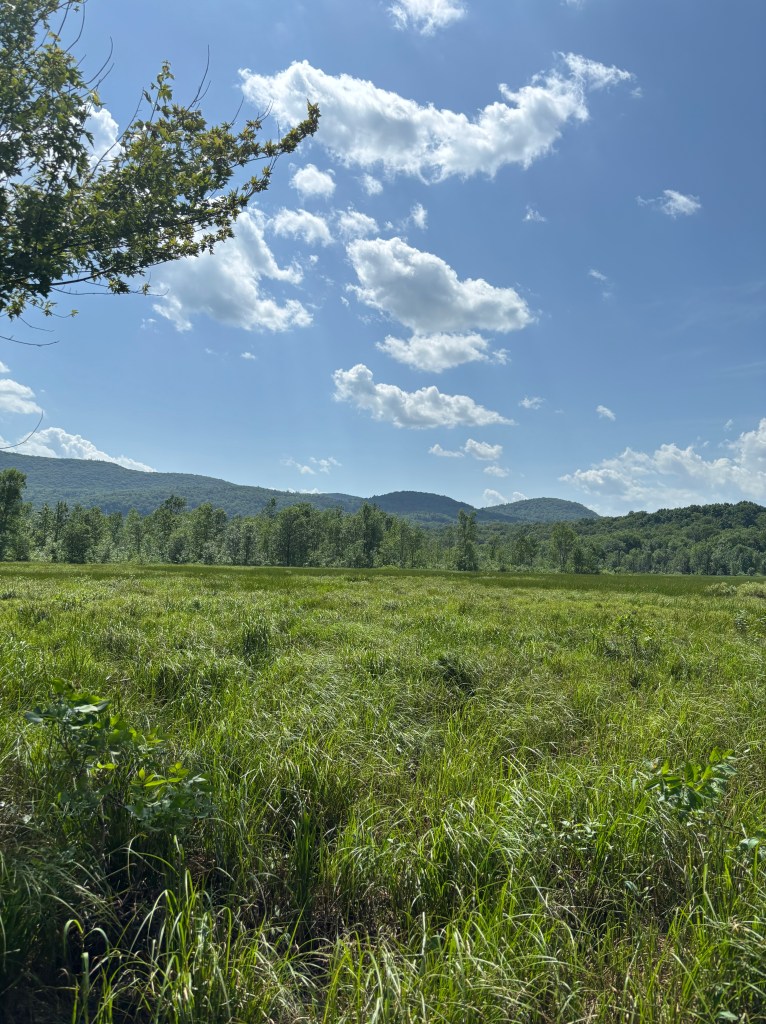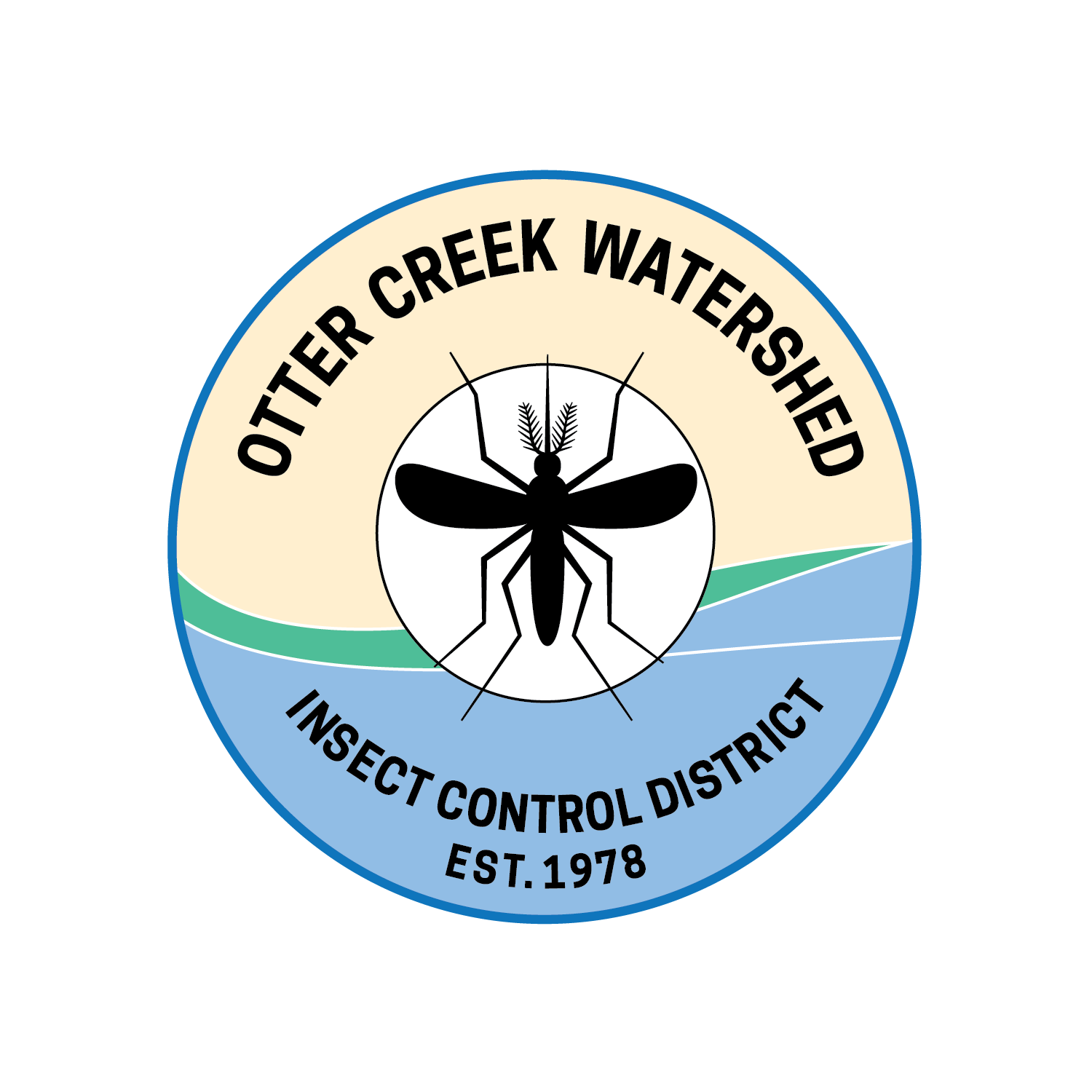
FAQs and Links
Q: How do I report mosquito problems?
A: Please call (802) 247-6779 and speak to a representative, who will forward your information to the OCW Operations Coordinator. When submitting a service request, please be prepared to provide the following information to assist our technicians in responding to your request:
Name
E-911 address
Contact telephone number(s)
Email address
Description of problem
Q: When I report mosquito problems, how long before I can expect a spray truck in my area?
A: There are many factors that must be considered when deciding to spray a particular area. First, we can only spray in an area when our own surveillance and insect trapping shows that established adult mosquito population thresholds have been met. Second, weather conditions (temperature, rain, and wind) must be favorable for spraying. Third, the magnitude of the nuisance in your area compared to elsewhere in the district. Fourth, when the spray route you are on was last treated. That’s a long way of saying that you might receive treatment that evening if all the foregoing factors align… or it may take several days.
Q: If I am having an outside gathering at my residence, can I request a treatment for a specific day?
A: Yes! If you are having a large outdoor gathering, such as a wedding, graduation party, or family reunion, please contact us at (802) 247-6779 four to seven days ahead and we will try to treat your property the day before, weather permitting.
Q: How do I request NOT to be sprayed?
A: No Spray Zone requests can be submitted at any time but preferably before April 15th each year. Requests received after April 15th will be honored, but there could be a delay between receipt of the request and marking the property, which could result in the property being sprayed.
If a No Spray Zone request was NOT submitted for the preceding year and/or there have been changes in ownership, contact information, or property boundaries, a letter must be submitted listing the name(s) of the property owner(s), his/her/their contact telephone numbers, the E-911 address of the property, and include a property map which clearly shows the property boundaries along the public or private road(s). The OCW mailing address is: PO Box 188, Brandon, VT 05733.
If a No Spray Zone request WAS submitted for the preceding year AND there have been no changes in ownership, contact information, or property boundaries, an email to the OCW containing the E-911 address and requesting No Spray Zone status again for the current year will suffice. The OCW email address is: ocwicd@gmail.com.
Q: Who are the sprayers?
A: The sprayers are people just like you! They have been licensed by the State of Vermont as commercial pesticide applicators after having studied for and passed State of Vermont examination 7B, Vector Pest Control. That examination applies to non-public health applicators who use or supervise the use of a pesticide for the control of mosquitoes, ticks, and other biting arthropods.
Q: Is the spray hazardous to my health?
A: The Environmental Protection Agency (EPA) regulates mosquito control pesticides through enforcement of standards in the Federal Insecticide, Fungicide, and Rodenticide Act. That legislation mandates extensive testing of insecticides for public health impacts prior to their registration by the EPA and approval for use. The required testing is among the most stringent required by the government and is supported through ongoing research by scientists in federal, state and private institutions. This process ensures that insecticides available for mosquito control do not represent human health or environmental risks when used as directed. Indeed, the half dozen adulticides (pesticides used to control adult mosquitos) currently approved for use in Vermont are the select survivors of literally hundreds of products developed for these uses over the years. The dosages at which these products are legally dispensed are at least 100-fold less than the point where public health and environmental safety would be affected. Literature posted on the websites of the EPA Office of Pesticide Programs, the Centers for Disease Control and Prevention (CDC), the American Association of Pesticide Safety Educators, and the National Pesticide Information Center emphasize that proper use of mosquito control pesticides by established mosquito control agencies does not put the public or the environment at unreasonable risk from exposure, runoff, or leaching, when used according to label specifications. For the federal government’s position on risks associated with mosquito control pesticides, visit http:/www.epa.gov/pesticides. Well over 200 peer-reviewed scientific studies in national and international journals since 1980 have documented the safety and efficacy of these insecticides when applied at the rates mandated on their labels.
Q: I am concerned about EEE and WNV. Where can I find reliable information on these diseases?
A: Please visit our Mosquito-Borne Diseases page for more information.
Other useful links
- American Mosquito Control Association
- https://www.epa.gov/mosquitocontrol/success-mosquito-control-integrated-approach (Success in Mosquito Control: An Integrated Approach)
- https://www.ncbi.nlm.nih.gov/pmc/articles/PMC5371949/
- Northeastern Mosquito Control Association
- http://www.ajtmh.org/content/journals/14761645/browse (COST OF WNV)
- https://www.epa.gov/mosquitocontrol/controlling-adult-mosquitoes
- https://legislature.vermont.gov/statutes/fullchapter/06/085
- Ecologically_Sounds_Mosquito_Management_XercesSociety
- Summary_Ecologically_Sound_Mosquito_Management_XercesSociety
- Healthy_Wetlands_Devour_Mosquitoes
- Selective_Predation_by_larval_Agabus_on_Mosquitoes
- Salamanders_Mosquito_Control
- http://blogs.oregonstate.edu/pollinationpodcast/2017/10/16/kristen-healy/
- http://www.lsuagcenter.com/profiles/rbogren/articles/page1469716014252
- National Geographic Article
- https://www.epa.gov/managing-pests-schools
- https://www.epa.gov/mosquitocontrol/permethrin-resmethrin-d-phenothrin-sumithrinr-synthetic-pyrethroids-mosquito-control
- https://www.epa.gov/mosquitocontrol/success-mosquito-control-integrated-approach
- Mosquitoes Biting Into Tourism Business
- https://news.yale.edu/2018/03/29/researchers-develop-novel-rna-based-therapy-target-west-nile-virus
- https://www.masslive.com/expo/news/erry-2018/08/4039c299f26169/west-nile-virus-detections-the.html
- https://vtdigger.org/2018/07/29/west-nile-virus-found-in-five-more-towns-in-vermont/
- This Week 10.12.18 Article on Mosquitoes
- https://mosquito-jamca.org/toc/moco/35/1
- https://www.epa.gov/wotus-rule
- https://www.ncbi.nlm.nih.gov/pmc/articles/PMC3138017/
- https://umaine.edu/news/blog/2018/09/25/researchers-awarded-1-5m-to-examine-spread-of-mosquito-transmitted-diseases/
- http://www.vtlmi.info/lmipub.htm#eti
- https://www.mosquitoes.org/files/ccc4cfccc/85th+and+86th+Annual+Report.pdf
- https://www.sciencedaily.com/releases/2019/03/190304182126.htm
- https://www.sciencedaily.com/releases/2019/02/190207142223.htm
- https://www.npr.org/sections/goatsandsoda/2019/02/20/693735499/scientists-release-controversial-genetically-modified-mosquitoes-in-high-securit
- https://www.sciencedaily.com/releases/2019/01/190108141326.htm
- The Insect Apocalypse Is Here – The New York Times 11272019
- http://aem.asm.org/content/early/2017/05/08/AEM.00705-17.abstract
- https://www.cdc.gov/westnile/resources/pdfs/wnvguidelines.pdf
- http://www.nhregister.com/news/article/Eastern-equine-encephalitis-found-in-mosquitoes-12285512.php
- https://vtdigger.org/2019/04/21/scott-pushes-senate-trim-budget-fund-economic-development/
- https://livelovefruit.com/10-plants-that-attract-dragonflies-for-mosquito-control/
- https://vtdigger.org/2019/08/07/where-are-the-pesticide-reports-agency-of-ag-has-been-flouting-law-for-five-years/?utm_source=VTDigger+Subscribers+and+Donors&utm_campaign=74eefec9bc-EMAIL_CAMPAIGN_2019_08_08_01_18&utm_medium=email&utm_term=0_dc3c5486db-74eefec9bc-405561177
- https://www.scientificamerican.com/article/spread-of-deadly-mosquito-borne-disease-may-be-linked-to-climate-change/
- Methoprene Efficacy for C. melanura
- https://www.sciencemag.org/news/2019/10/windborne-mosquitoes-may-carry-malaria-hundreds-kilometers
- https://www.nature.com/articles/s41598-020-59321-8.epdf?author_access_token=roSPkaGfNB2hNzo7c0wja9RgN0jAjWel9jnR3ZoTv0Oc7kL_Bsy4JhlLcTFSFjEI-_Y1rsA1_Dwl4n9QKpc6ND3WdlBOer7Oh_MofP-ZI4lTSkTRO4X17JyHdtuuhr1fTz60lyj_px0cRL8baw3J4g%3D%3D
- https://www.ncbi.nlm.nih.gov/pmc/articles/PMC4455994/
http://journals.plos.org/plosntds/article?id=10.1371/journal.pntd.0006063
https://entomologytoday.org/2017/05/12/study-finds-native-north-american-mosquito-can-transmit-zika/
